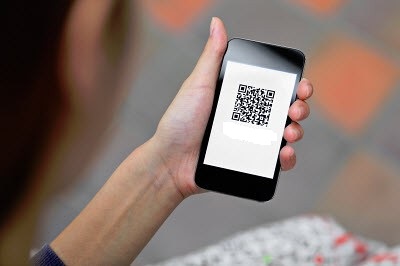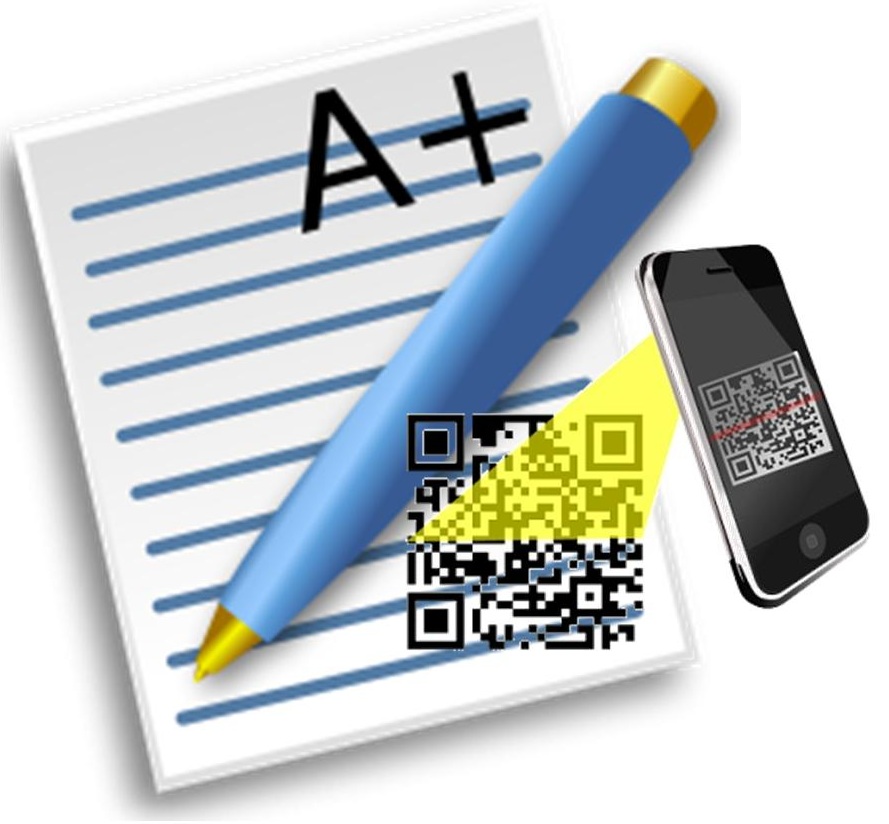New billboards and signs featuring quick response codes will be placed in locations worldwide.
Clear Channel, a company that currently has nearly 700,000 signs and billboards positioned in different spots around the globe is planning to add 75,000 QR codes to advertisements in areas that feature “heavy footfall and long dwell-time”.
This means that places such as bus stops, shopping malls, and airports will now see quick response codes.
The QR codes on the billboards will also have added SMS capabilities that make it possible to text people who are close by or to use near field communication (NFC) technology for the contactless transmission of information to devices that are located in close proximity. This converts the posters into a form of mobile marketing with considerable potential.
The QR codes and other technology will help to better connect with consumers who are on the move.
According to Clear Channel, the initiative, which they have called Connect, “presents the opportunity to target consumers on-the-go, when they are receptive to messages and can be delighted by timely, relevant and tailored invitations to engage.” That statement was made by the company’s chief operating officer, Suzanne Grimes.
These types of distractions, such as being able to scan a QRcode, are typically welcome in areas such as airports where people are looking for something simple to do in order to kill time. It isn’t something that they would likely do if they were in a hurry and were just walking from one place to another, but when they are forced to wait around, they will be far more willing to amuse themselves with activities such as barcode scans.
That said, to become effective, the ad needs to find some way to become noticed in the first place. Before consumers are able to scan QR codes, then need to actually realize that they’re there. It is in this area that Clear Channel has managed to stand out, as it has employed other technologies to draw more attention to itself and to make sure that its posters aren’t seen as simply passive atmosphere. This way, they become interactive features.
 Though people don’t typically like the way they look, they are still scanning them, study.
Though people don’t typically like the way they look, they are still scanning them, study.
QR codes are being used on a rapidly increasing basis for mobile marketing purposes, and the results of a recently conducted study have shown that as much as people don’t find them attractive, they are still using them.
The results of this research are in direct contrast to many who doubt the effectiveness of the barcodes.
Among the various industries where there has been the highest use of QR codes by mobile marketers and yet the largest amount of controversy, is tourism. While some marketers are fully convinced that the barcodes are a cost effective marketing tool that is appealing to consumers and that produces results, others feel that they are simply a fad that is not worthy of being included in their advertising.
A recent trial program for QR codes was just implemented to help to judge their effectiveness.
In order to be able to judge the effectiveness of using QR codes, Ruidoso Tourism started to test them using two different methods. The first method was including them in print advertising in order to help to draw attention to the launch of the company’s new website. The barcodes were issued in various different publications, and depending on the publication in which they were printed, the themes of the ads themselves were different.
Some of the QR codes were linked to outdoor activities such as winter sports, trails, or attractions. For instance, the barcode that was published in Wild West magazine linked to the Lincoln County History page. Those print ads generated 1000 scans, which was well within the success bracket designated by the marketers.
The other barcodes were printed on restaurant menus. Their goal was to promote restaurants within specific areas. A page was created for a range of different restaurants at the destinations, and each one was assigned its own unique QR codes. When the barcodes were scanned, they led to reviews and images of the meals, as well as additional information about the restaurants such as their specific locations. At the high point of the marketing campaign, there were 35 restaurants included in the listings. Within the designated time period, those barcodes were scanned more than 1,500 times.


 Though people don’t typically like the way they look, they are still scanning them, study.
Though people don’t typically like the way they look, they are still scanning them, study.